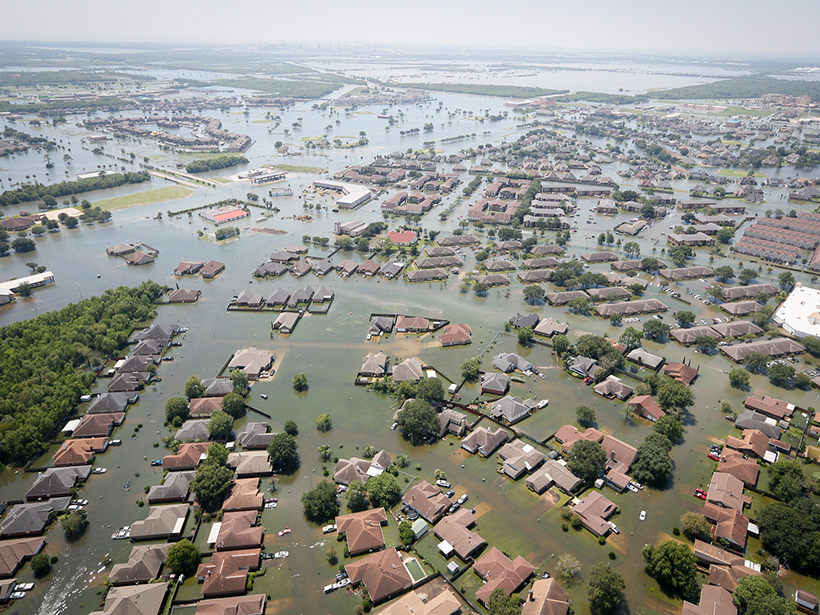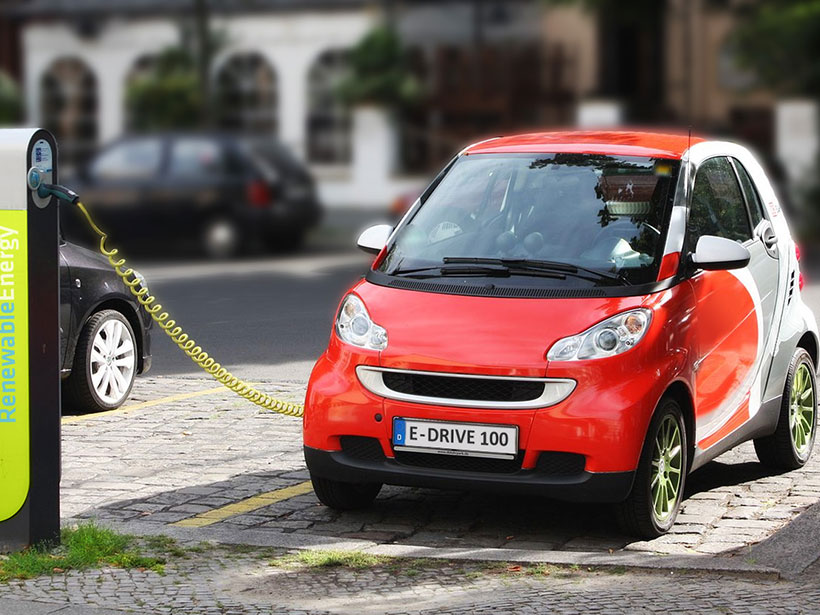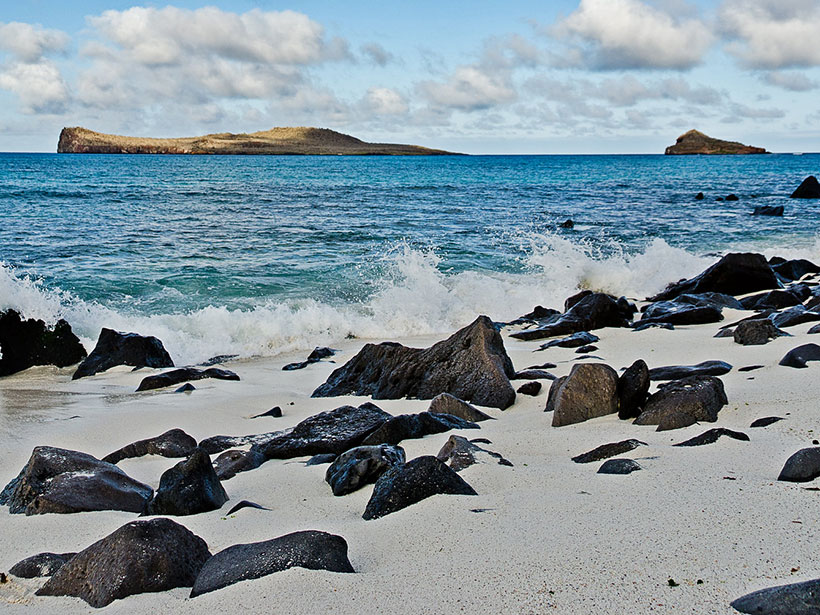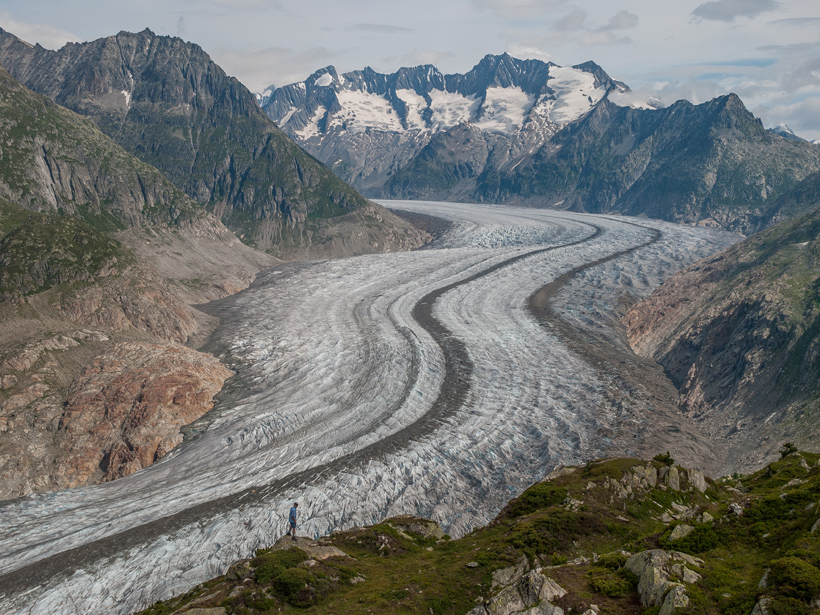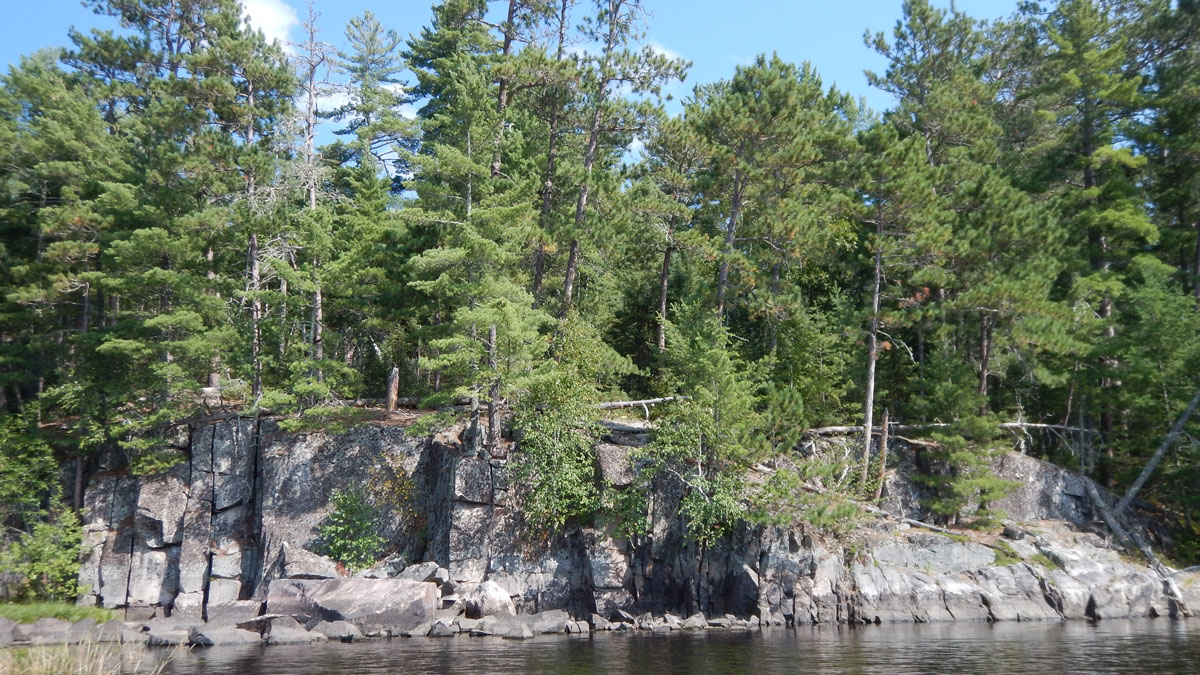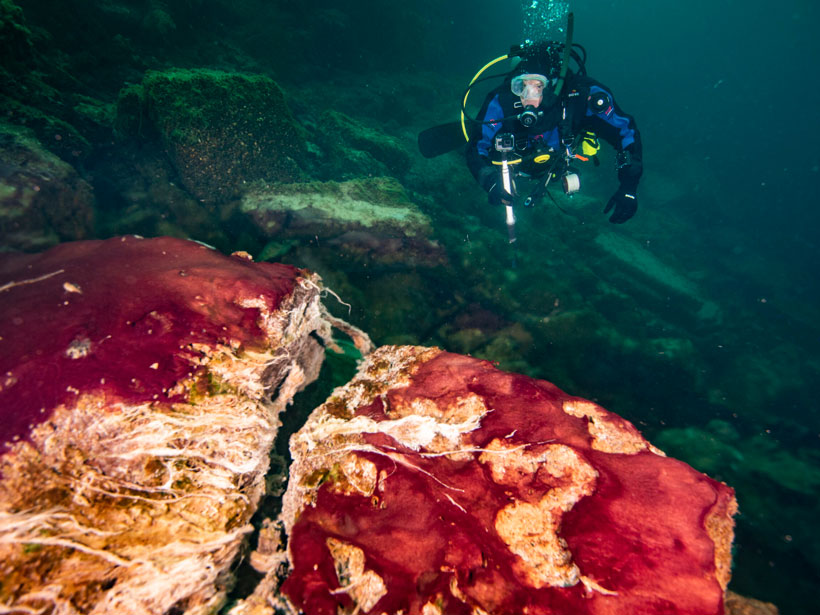As floods increase in frequency and intensity, chemicals buried in river sediments become “ticking time bombs” waiting to activate.
2021 CC BY-NC-ND
La Captura de Carbono No Puede Resolver el Problema Climático Sin Acciones Individuales
Las elecciones individuales, como la adopción de vehículos eléctricos, serán un factor importante en el cumplimiento de los objetivos climáticos del Acuerdo de París.
Tropical Climate Change Is a Puzzle—Could Aerosols Be a Piece?
The eastern tropical Pacific Ocean hasn’t warmed as much as climate change models projected. A new study shows that aerosols in the atmosphere could be responsible.
State-of-the-Art Technology, Serendipity, and Secrets of Stonehenge
The first comprehensive analysis of what the sarsen stones are made of came about with new technology—and good old-fashioned luck.
Building a Better River Delta
People have been engineering river deltas for millennia, but new research identifies the optimal placement for diversions that benefit both local communities and the environment—and it might be close to a city.
Glacier Structures: History Written in the Ice
As Earth’s climate heats up, glacier structures are being revealed in unprecedented detail, allowing glaciologists to understand how the behavior of glaciers has changed over centuries to millennia.
Recognizing Geology’s Colonial History for Better Policy Today
The Minnesota Geological Survey has contributed to the dispossession of homelands from Indigenous Peoples. The agency is creating more just policies.
Satellites Allow Scientists to Dive into Milky Seas
Satellites may finally be able to report the fleeting phenomena of milky seas in near-real time, allowing researchers to potentially study an ocean mystery that has survived more than 2 centuries.
Longer Days Likely Boosted Earth’s Early Oxygen
Microbial mats in a Lake Huron sinkhole, combined with modeling work, suggest that the changing length of Earth’s day could have played a key role in oxygenating the atmosphere.
The Challenges of Forecasting Small, But Mighty, Polar Lows
These intense maritime storms pose threats to high-latitude coastal communities and economic activities and may influence climate and ocean circulation.

